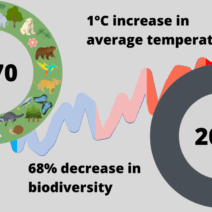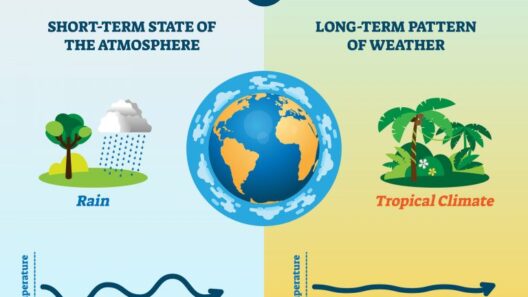The climate in Mississippi is a vivid tapestry woven with threads of warmth and moisture, creating a unique environment that distinguishes itself within the broader canvas of the American South. Nestled between the expansive Gulf of Mexico and the rolling hills of the interior, Mississippi enjoys a humid subtropical climate, characterized by sultry summers, mild winters, and ample precipitation throughout the year.
As the warm sun rises over the Magnolia State, it does more than illuminate the landscape. It infuses life into the very fabric of the region, stirring the air with a palpable humidity that often feels like a warm embrace. Summers in Mississippi are nothing short of intense. With temperatures frequently soaring into the 90s °F, the days can become steamy, causing the southern sun to blaze down fiercely. This is a period where the air is thick and the heat seems to shimmer, reminiscent of a mirage over an expansive desert.
The intensity of summer is often tempered by sudden thunderstorms. These bursts of rain, akin to nature’s own fireworks, can manifest out of a clear blue sky. The storms provide a refreshing respite from the relentless heat, their rumbling thunder heralding the deluge that invigorates the parched earth. Such phenomena are not merely meteorological events; they turn the atmosphere into a dynamic cauldron of varying pressures and temperatures, creating an ever-shifting climate narrative.
As summer fades and succumbs to the embrace of autumn, Mississippi experiences a transitional phase. Fall brings cooler temperatures and lower humidity, painting the landscape in a splendid array of colors. The interplay of golden leaves against the backdrop of a deep blue sky manifests an irresistible charm. During this season, the air becomes crisp, invigorating the senses and inviting outdoor excursions. This charming interlude serves as a gentle reminder that change is both beautiful and inevitable.
Winter in Mississippi is less a bitter freeze and more a gentle chill, a reprieve from the sweltering heat of summer. With average temperatures ranging from the mid-30s to low 50s °F, the season sees a modest dip in humidity. Snowfall is seldom a frequent visitor, but on those rare occasions when it dusts the ground, a magical stillness envelops the state. The serenity that follows a snow-laden night creates an enchanting tableau; fields and forests blanketed in white become a picturesque dreamscape, adorned with the ornate handiwork of Mother Nature.
However, as winter wanes, the seasonal transition reintroduces the warming embrace of spring. The atmosphere is transformative, with blossoms bursting forth in a flamboyant display of colors. Mississippi’s flora awakens, releasing sweet fragrances into the air and captivating all who venture outside. This season is particularly notable for its significant rainfall, which can often lead to severe storms. The weather fluctuates as if it were a painter dabbling with colors on a canvas, crafting a narrative filled with vigor and fleeting moments of serenity.
The climatic patterns of Mississippi are intricately linked to its geographical features and ecological systems. The proximity to the Gulf of Mexico ensures that the state receives both moisture and warmth. This unique positioning leads to abundant rainfall, with the average annual precipitation usually exceeding 50 inches. The lush forests, sprawling wetlands, and fertile plains thrive in these conditions, allowing for a rich biodiversity that encapsulates the essence of the region.
When considering the climate of Mississippi, one can scarcely overlook the impact of climate change on its landscape. Rising temperatures, altered precipitation patterns, and an increase in severe weather events are a stark reality. Droughts can punctuate the humid spell and transform fruitful farmland into dry husks. This volatility runs parallel to the rhythms of nature, underscoring the urgent need for sustainable practices to combat these adverse effects. The efforts to adapt and mitigate the repercussions of changing weather patterns remain paramount for preserving Mississippi’s ecological integrity.
Ultimately, the climate of Mississippi is a study in contrasts, a reflection of its southern heritage and natural beauty. The cyclical dance of warm summer days enveloped in rain and the crisp, vibrant whispers of fall paint a portrait of a state steeped in both struggle and resilience. Every season tells a story—one of lush landscapes nurtured by ample rain, a dance between heat and humidity, and the delicate balance of nature’s forces.
Mississippi’s allure lies not just in its climate but also in the way these elements merge to create an environment that is rich, diverse, and imbued with life. The interplay of warmth and moisture shapes ecosystems that are as culturally vibrant as they are environmentally significant. From the rolling hills to the sprawling wetlands, every aspect of Mississippi’s climate contributes to a symphony of existence, echoing a promise that this state will continue to thrive, adapting and evolving even in the face of change.








